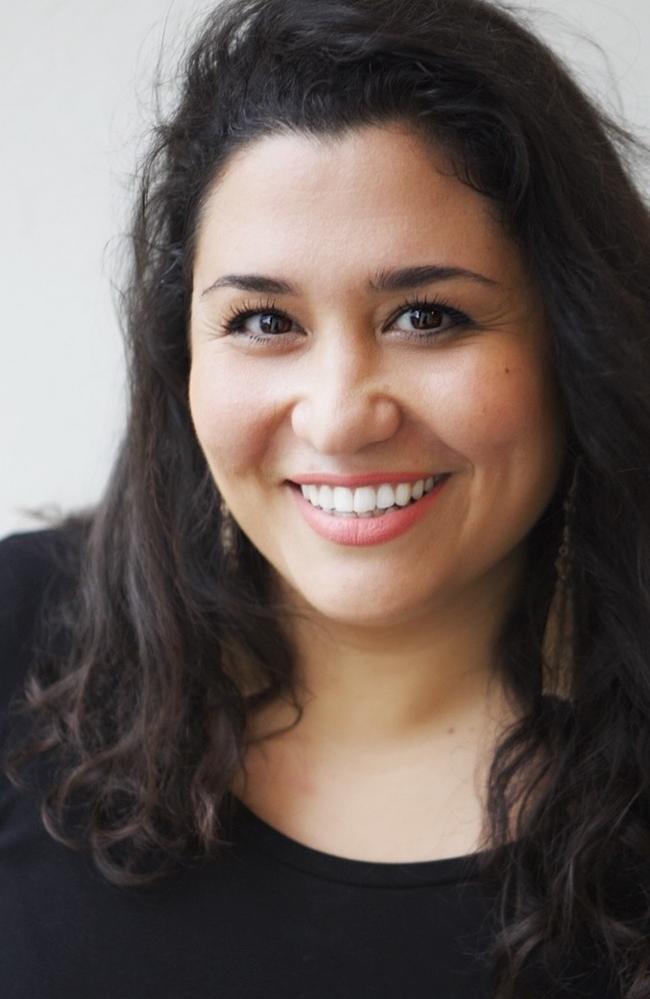The Northern Territory could eliminate cervical cancer by 2035, but only with higher screening rates
Too few Northern Territory women are being screened for a common cancer. Experts say one simple thing can reduce this risk but many women remain in the dark. Here’s how to save a life.
News
Don't miss out on the headlines from News. Followed categories will be added to My News.
Experts are concerned for women in the Top End as the Territory’s screening rates for one particular cancer falls below the rest of Australia.
Just 62.6 per cent of Territorians were screened for cervical cancer between 2018 and 2021, well short of the national target.
The Territory - like the rest of the country - needs to reach a 70 per cent screening rate if we are to eliminate cervical cancer by 2035.
The peak screening period is now underway and comes after the National Cervical Screening Program shifted from a two-yearly test to a five-yearly screening in December 2017.
Aboriginal and Torres Strait Islander women experience cervical cancer at the same rate as women in developing regions in the world, a new study found.
Cases among Indigenous women need to be reduced by 74 per cent in order to reach Australia’s cervical cancer elimination target.
Yalu Aboriginal Corporation CEO Anahita Tonkin said an abundance of chronic health conditions in remote communities meant cervical cancer was left “low on the list” of priorities.
Ms Tonkin said prioritising cervical cancer started with ensuring women could access the necessary health services.
“In many remote locations women do not have access to a full-time doctor, in fact in many places the doctors are fly-in fly-out which results in people not being able to have a regular doctor to consult,” she said.
“Many don’t feel comfortable to speak in English to a doctor they don’t know well and, culturally, females may feel uncomfortable or shame to deal with a male doctor.”
Ms Tonkin said the human papillomavirus - a common sexually transmitted infection - could also be a huge factor.
HPV causes around 95 per cent of cervical cancer in Australia and is a disease showing no symptoms so women may never know they have had it.
“Some people don’t understand how HPV can impact them therefore they don’t want to talk about it or know about it,” Ms Tonkin said.
She said women could do HPV testing themselves but more education was needed.
“We need to introduce more education about HPV first to then introduce self-collection,” she said.

Ms Tonkin is an ambassador for cervical cancer screening and hosts events to promote awareness among Indigenous women in the Top End.
“For women saying they will get screened later, sometimes later will never come and later may be too late,” she said.
“We must walk alongside our Aboriginal and Torres Strait Islander communities to involve them in the conversation, give access to education and ensure that the support is there with purpose and not in a superficial manner.”
Australian Centre for the Prevention of Cervical Cancer executive director Professor Marion Saville said many people delayed their screening appointments during Covid-19.
“More than 70 per cent of cervical cancer cases occur in women who are either overdue for screening or who have never been screened,” she said.
Self-screening tests have been available for people 25 to 74 years old since July 1, 2022, but many women were not aware of the new screening method, Dr Saville said.
“Self-collection is much less invasive and uncomfortable than the current speculum collection performed by a healthcare professional, which some women find embarrassing and avoid altogether,” Dr Saville said.
“As such, self-collection will help remove some of the cultural and personal barriers that have previously discouraged women from screening.
“Cervical cancer is preventable, and elimination is within reach if we act now.”
More Coverage
Originally published as The Northern Territory could eliminate cervical cancer by 2035, but only with higher screening rates








